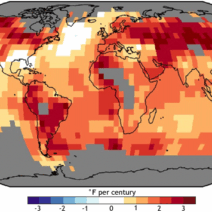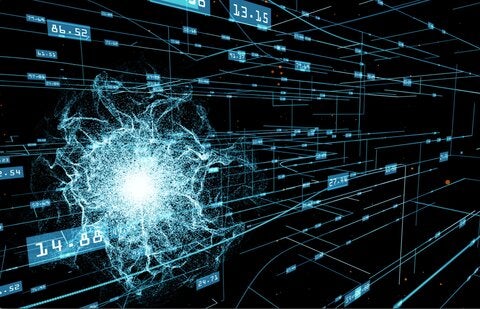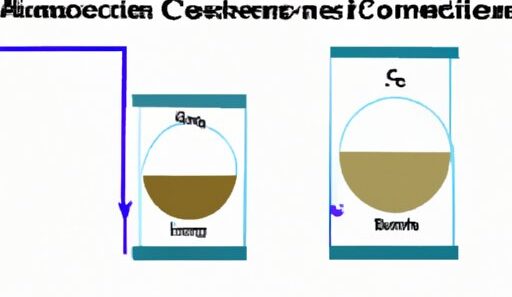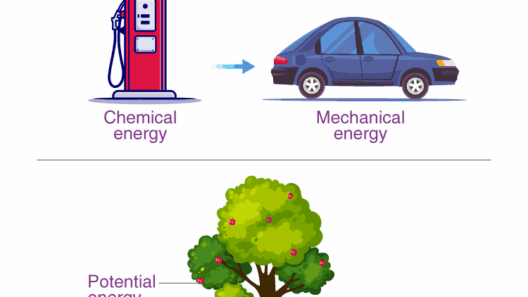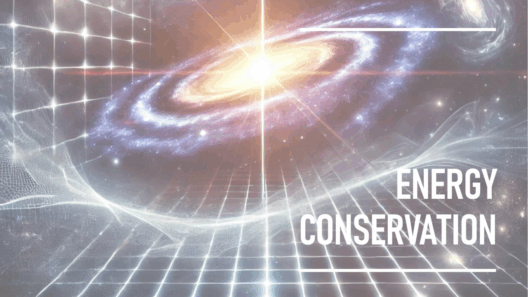Imagine a world where energy could simply vanish as if by magic. It raises an intriguing question: What happens to energy when it is transformed from one form to another? How can we mathematically demonstrate that energy is neither created nor destroyed, but merely conserved? This is where the profound realms of linear algebra and physics converge, unveiling a rich tapestry of mathematical elegance that pervades the fundamental laws of the universe.
At the heart of our inquiry lies the principle of conservation of energy—a cornerstone of classical physics. In various systems, energy exists in multiple forms: kinetic, potential, thermal, and many others. Intuitively, we know that energy is never lost; it merely shifts and transforms. Linear algebra introduces the necessary tools to elucidate these transformations through vector spaces and matrices, providing a robust framework for understanding complex energy interactions.
The concept begins with the idea of a vector space. Vectors, which can represent anything from forces to velocities, can be manipulated algebraically. A physical system can often be described using a vector that encapsulates all the essential variables that govern its dynamics. For example, consider a pendulum swinging back and forth. We can represent its motion with a vector that includes its position and velocity, allowing for mathematical modeling of its behavior over time.
Next, we introduce matrices, which serve as operators acting on vectors in our space. These matrices can represent various transformations—such as rotations or scalings—of an energy state. When dealing with conservation of energy, we often work with state transformations that remain within a closed system where total energy remains constant. By utilizing a transformation matrix, we can describe how initial states evolve into final states while ensuring that the total energy remains identical before and after the transformation.
To concretely illustrate this, we can explore a damped harmonic oscillator, a classic physical system. Its state can be expressed as a vector in a two-dimensional space, incorporating displacement and velocity. The system experiences energy loss due to damping (like friction), which can be formulated using a transformation matrix. This matrix captures both the decrease in total mechanical energy and the distribution of energy between kinetic and potential forms over time.
Mathematically, we can express this situation with the following equation:
[ mathbf{v}_{t+1} = mathbf{A} cdot mathbf{v}_t ]
Here, (mathbf{v}) represents our state vector encapsulating position and velocity, and (mathbf{A}) denotes the transformation matrix that dictates our energy dynamics. By examining the eigenvalues of the matrix, we can probe deeper into energy conservation. If the eigenvalues—representing the scaling factors along different modes—sum to one, this indicates that overall energy is conserved in the system.
Now, why is this significant? It demonstrates that even when energy seemingly dissipates (through heat loss, for example), it still adheres to the preservation principles laid out by thermodynamics. This compliance reveals the elegance of linear algebra in bridging generalized mathematical models with physical phenomena. Consequently, it sets up a challenge: can we manipulate matrix formulations to represent lossless systems as well? How would the energy dynamics change?
Linear algebra also extends its hand into quantum mechanics—an arena where these principles take on an even richer narrative. The states of quantum systems, described by wave functions, exist in a linear vector space known as Hilbert space. Transformations in quantum mechanics, too, arise from unitary matrices, which serve to conserve probabilities akin to energy conservation in classical mechanics. Given this, we can harness linear algebra to explore quantum entanglements and the conservation of quantum information.
Ultimately, the intertwining of linear algebra and conservation principles not only enriches our understanding of energy dynamics but also bridges various scientific disciplines. The implications are colossal, reaching from engineering to environmental sciences, promoting energy efficiency and sustainable practices in the face of climate change. Grasping these concepts equips us with the knowledge to appreciate how mathematical frameworks contribute to solving real-world issues.
In conclusion, whether framing energy dynamics through classical mechanics or navigating the complexities of quantum systems, linear algebra provides an indispensable toolkit. It empowers us to quantitatively reinforce the adage that energy is conserved. Each mathematical manipulation encapsulates a larger narrative, one that underscores the interconnectedness of energy forms and the enduring laws governing our universe. Thus, what may initially seem like abstract mathematics ultimately serves as a fundamental basis for our comprehension of energy, encouraging greater innovation and responsibility in energy consumption and resource management.
